The Biggest Threats To Polar Bear Populations Today
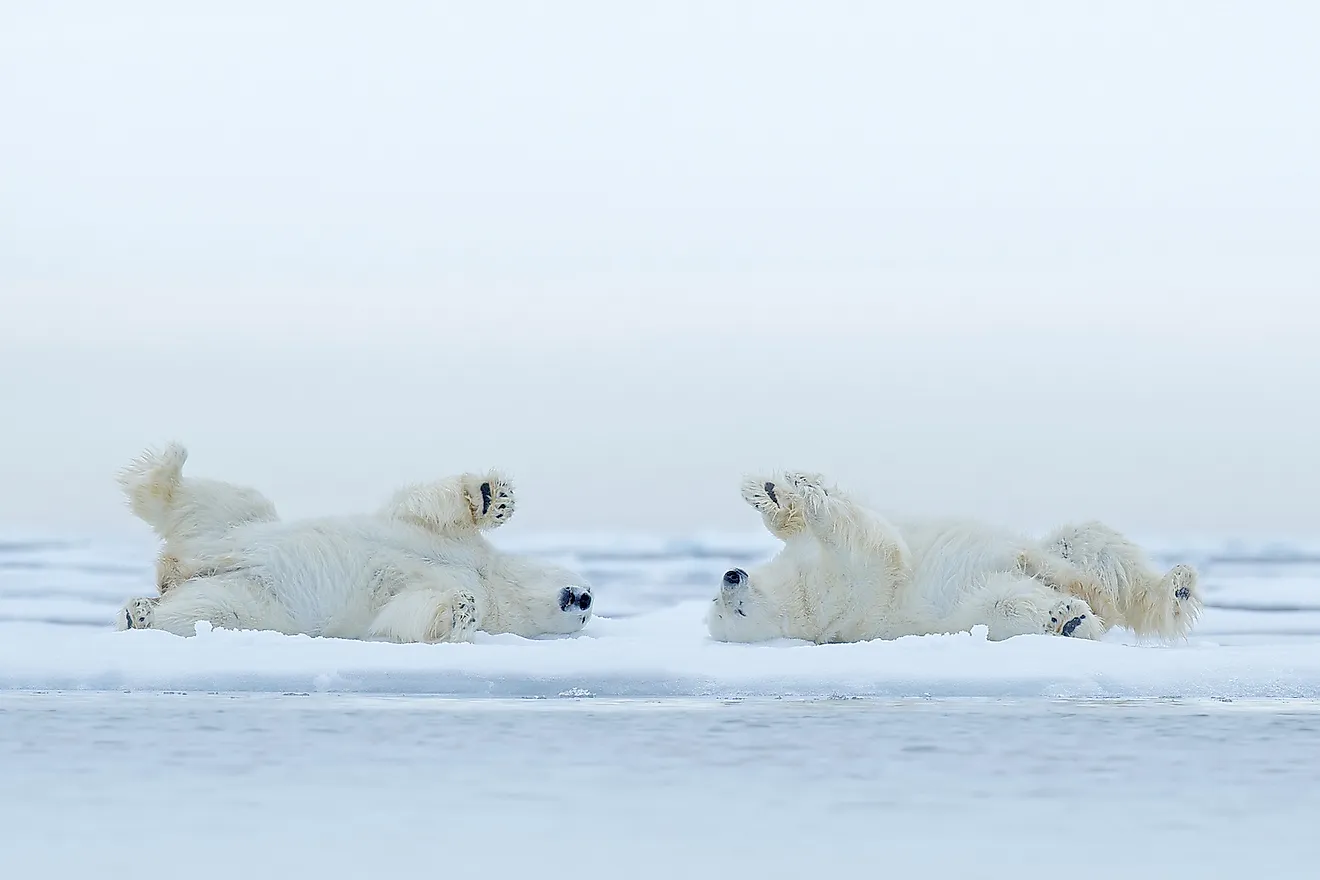
- Warming weather that is shortening the feeding season, toxins in seals, and oil spills are some of the current threats polar bears face.
- Polar bears are the only bear that is classified as a marine mammal.
- Oil spills happen in the arctic but there is still no efficient way of cleaning oil from icy northern waters.
Polar bears are the kings of the arctic. These white giants are unique as they are the only species of bear to be considered marine mammals. This is because they spend the majority of their lives seeking food in the Arctic ocean, and hanging out on sea ice.
Polar bears can swim for days at a time, using their wide paws to surge through cold waters. They work hard for their food, and research shows they are only successful in conquering their prey about 2% of the time.
They must also be pretty patient and persistent, if this is the case!
The current global polar bear population sits at about 26,000 bears, but it is expected that about a third of polar bears may die out by 2050. This is because numerous changes in their environment are threatening their survival.
Here are ten threats that polar bears are facing, that need to be addressed if the bear is to thrive in the future.
10. Warming Weather
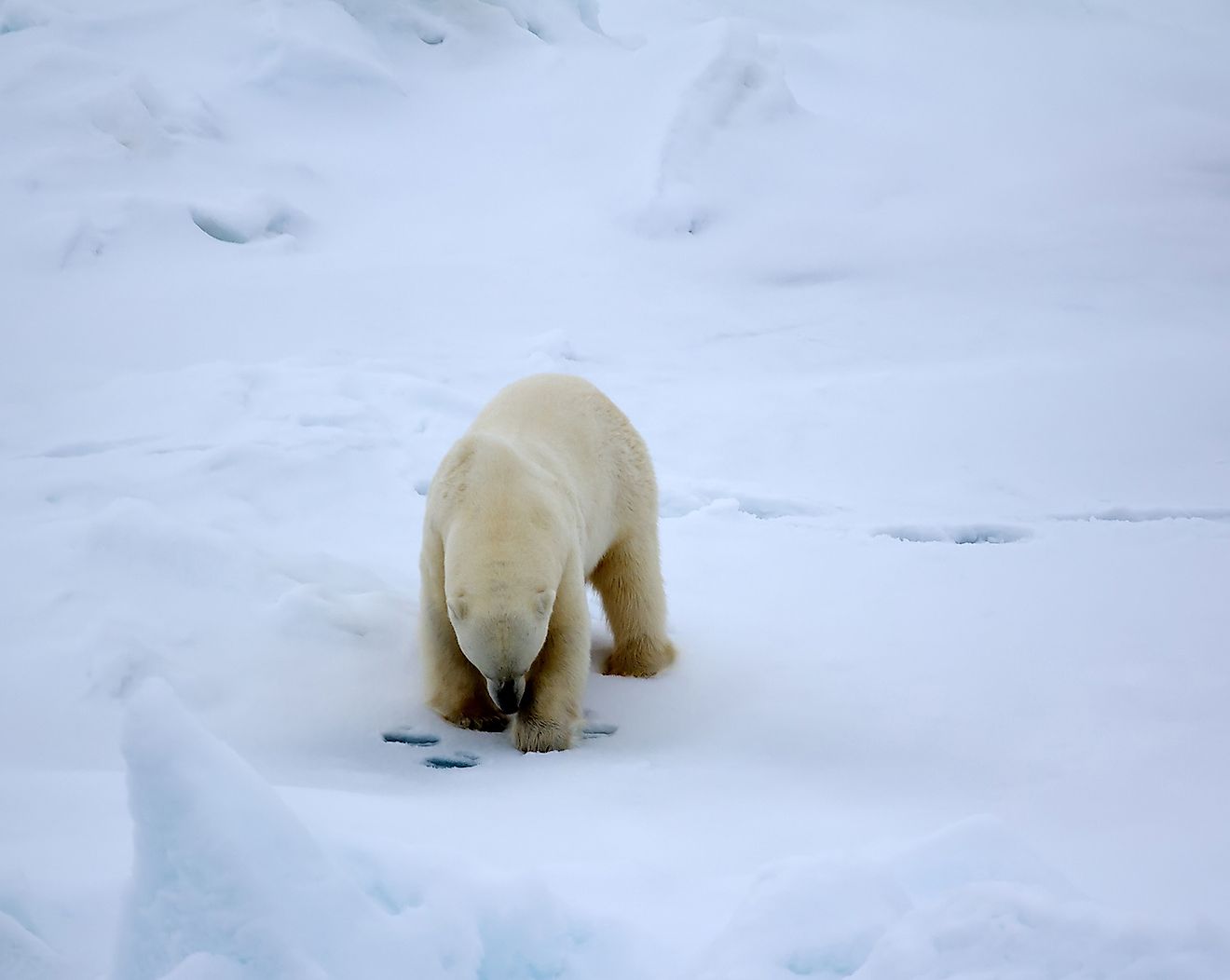
One of the major threats to polar bears these days is the disappearance of ice in the arctic. Ice is not going entirely by the wayside, but there is now less of it, and for fewer months during the year. This is affecting how much a polar bear can eat.
Polar bears survive and thrive on eating a diet of mostly ringed and bearded seals. These bears are sneaky and will sit next to a hole in the ice, waiting for a seal to surface.
Polar bears are unlike you and I, who need three square meals a day, every day, to stay healthy. For them, having enough food on hand is a seasonal thing. They eat as much as they can from late April to mid-July, piling on as much fat as possible.
After July, the food supply starts thinning out and the ice melts considerably. Once this happens, polar bears enter their “food free” season, during which they may go hungry for about three to four months at a time. When the arctic ice pack starts forming again, the bears can begin hunting again. With the ice packs forming later in the season now, however, some polar bears are having a hard time living through the year.
9. Fewer Cubs
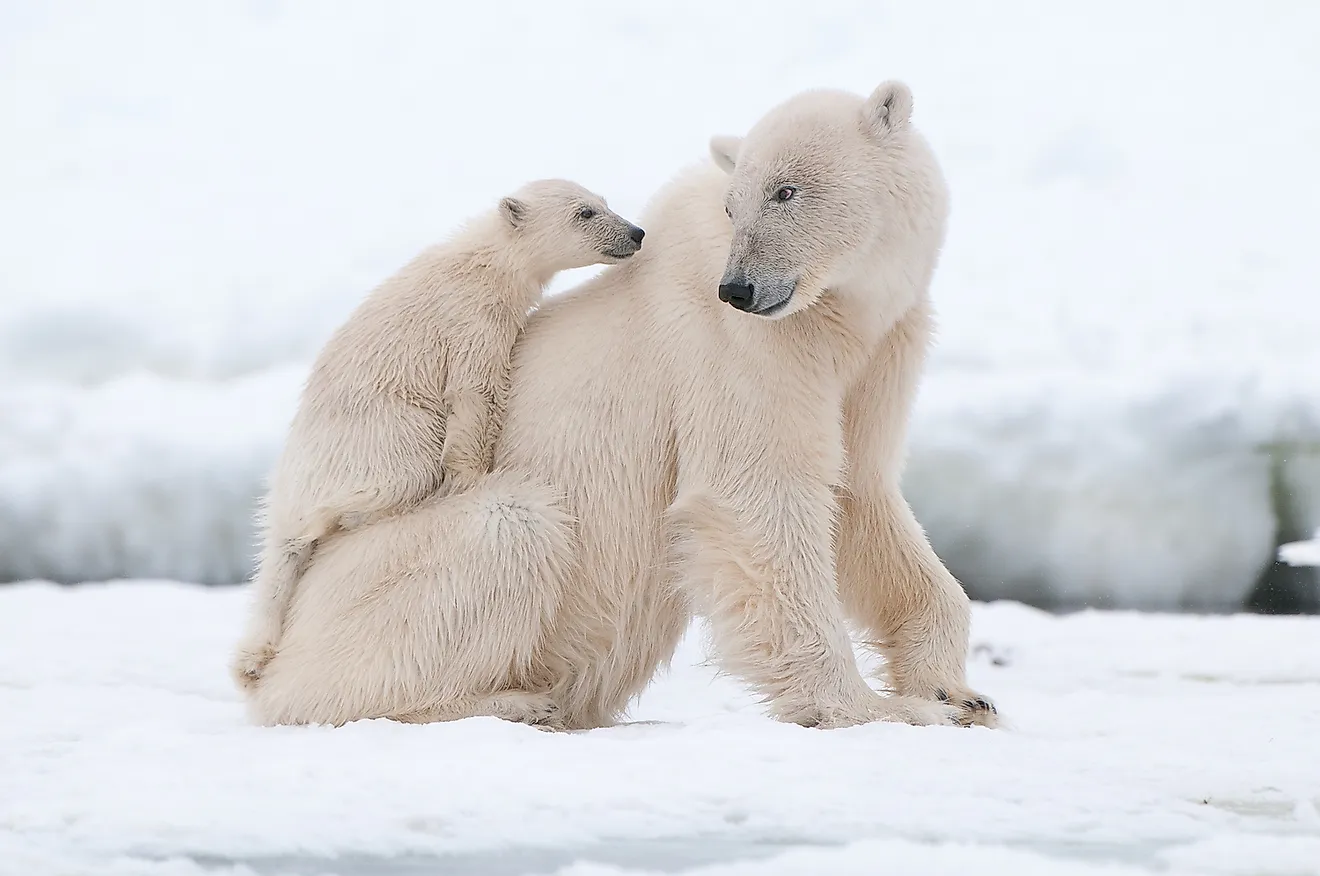
It is a fact that some polar bears are also now having fewer cubs than before, and fewer cubs are surviving to adulthood. If this trend continues on a downward slope, their population could be impacted quickly.
When polar bears do not get enough to eat during the feeding season, mothers do not store up enough fat to produce the milk they need to grow and thrive. When this happens, cubs can die from a lack of food. In time, this can lead to the local extinction of polar bears.
8. Toxic Chemicals in Food
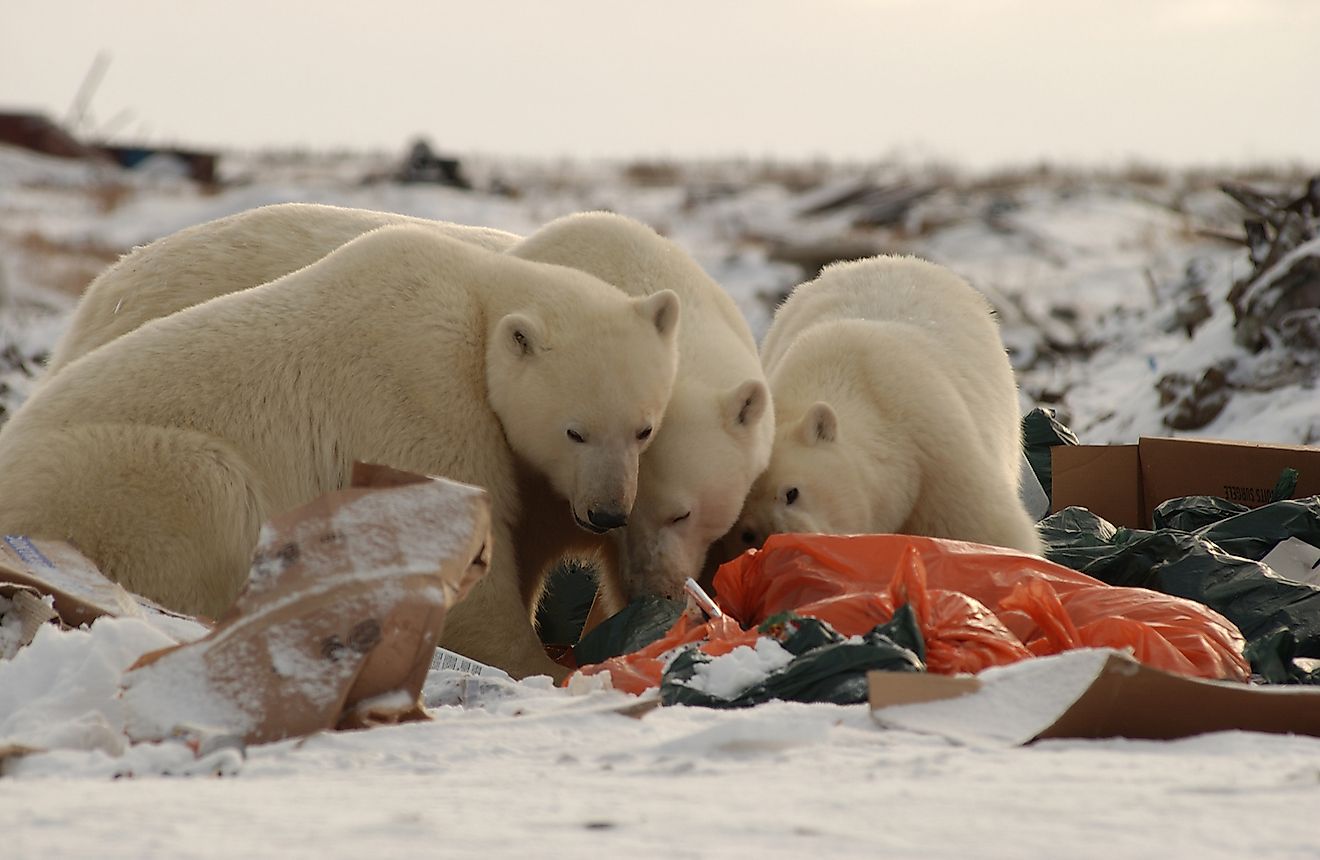
Even when a polar bear does get enough to eat, what they consume is sometimes riddled with toxins. According to the World Wildlife Fund, some polar bears have high levels of persistent organic pollutants (POPs) in their system. These include polychlorinated biphenyls (PCBs) and chlorinated pesticides. These pollutants are found in the seals that polar bears eat.
Toxins such as POPs accumulate in the fatty tissues of polar bears, and since these bears are at the top of the food chain, they can end up taking in a lot of toxins. Fatty ringed seals are one of the most highly contaminated animals in the Arctic. Toxins in the polar bear diet can have a wide range of effects. The bear’s hormones can be blocked or disrupted, and their immune systems compromised.
7. Reduced Reproduction
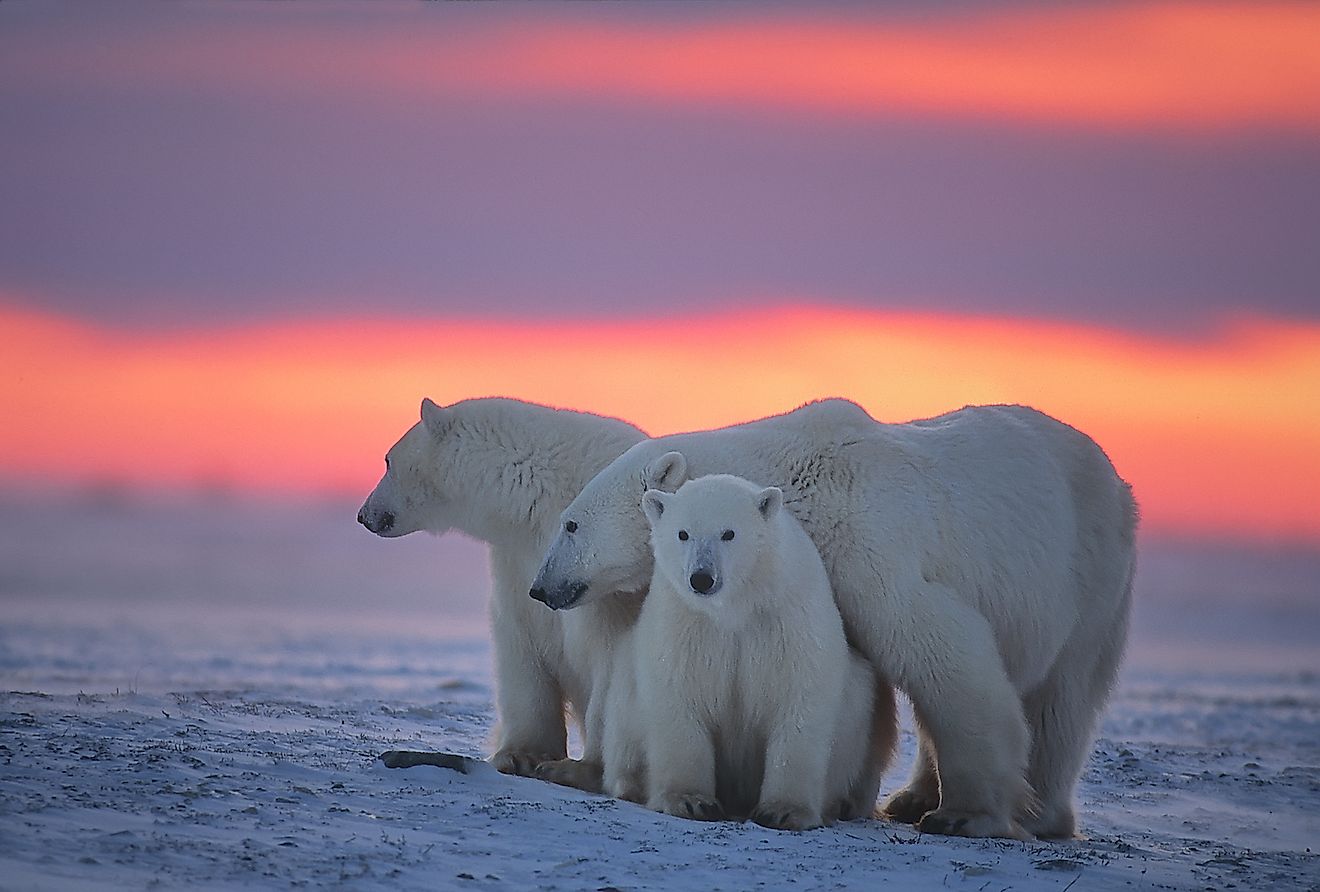
All the POPs that the polar bears are taking in is also affecting their power to reproduce. Bears that have high levels of POPs have also been found to have low levels of vitamin A in their body and thyroid hormones. When their body cannot regulate itself properly, carrying cubs to full term can become a problem for female polar bears.
6. Chemicals in Mother’s Milk
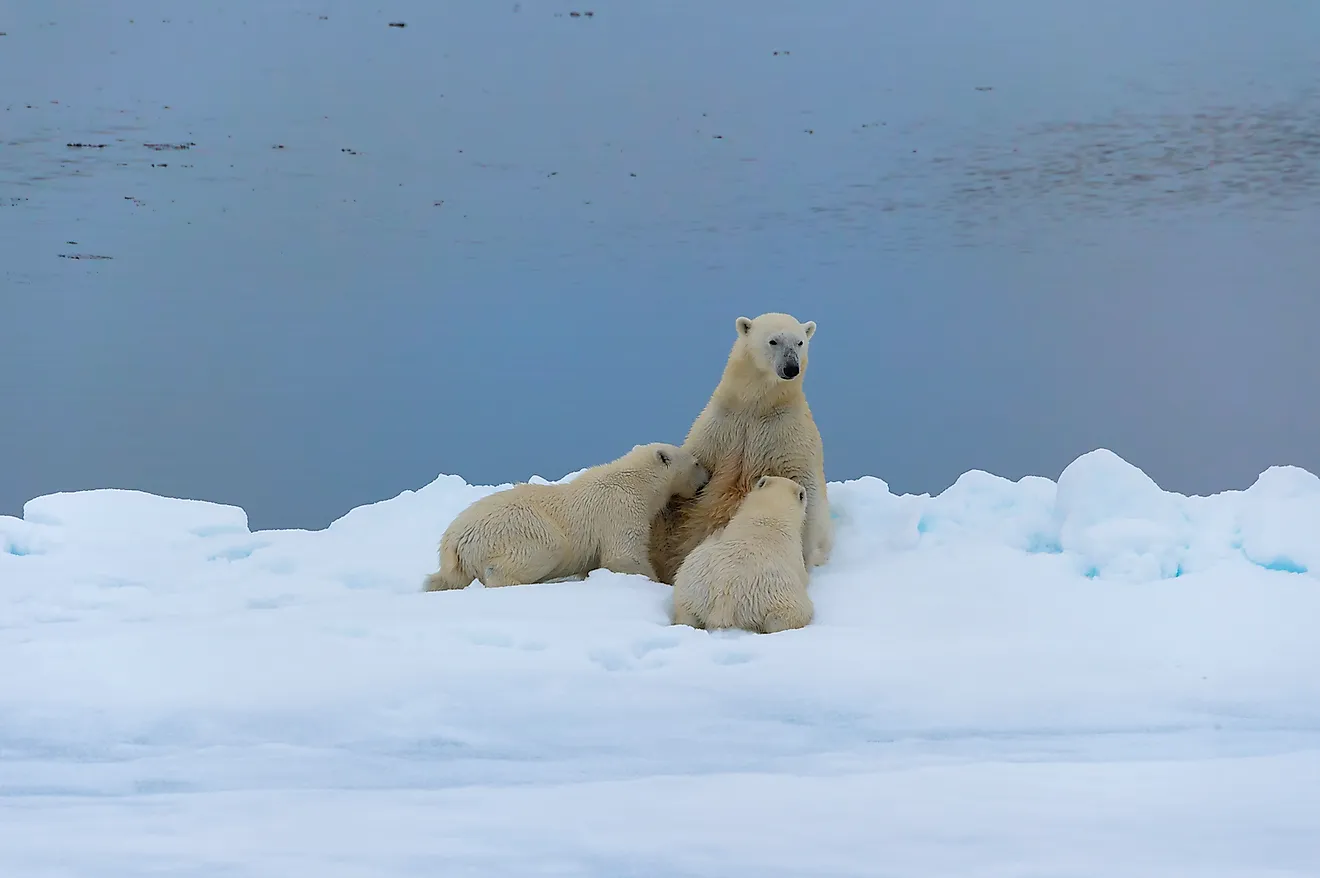
In addition to not producing enough breast milk for their babies, mother polar bears can also have high levels of toxins in their milk, due to toxins they eat through seals. This is passed onto their cubs, which gives the cubs a less healthy start to life, compared with polar bears of the past. Scientists fear this could negatively impact their future.
5. Reduced Insulation
Oil exploration in the Arctic is beneficial to countries’ economies, but it can be hard on its wildlife. If and when an oil spill happens, as they almost inevitably do, polar bears can suffer. If their fur comes in contact with the oil, it reduces their natural insulation, making it hard for them to keep warm. This means the bears have to burn more calories to keep warm. Given that the number of months polar bears can feed seems to be shortening, this places another strain on their survival.
4. Poisoning
If a polar bear comes in contact with oil, they can inadvertently ingest the oil when grooming themselves. This can also happen if they eat prey that is contaminated with oil. By eating this toxin, the bears can suffer from liver and kidney damage, and experience long-term toxicity, which can be deadly.
3. Seismic Blasting
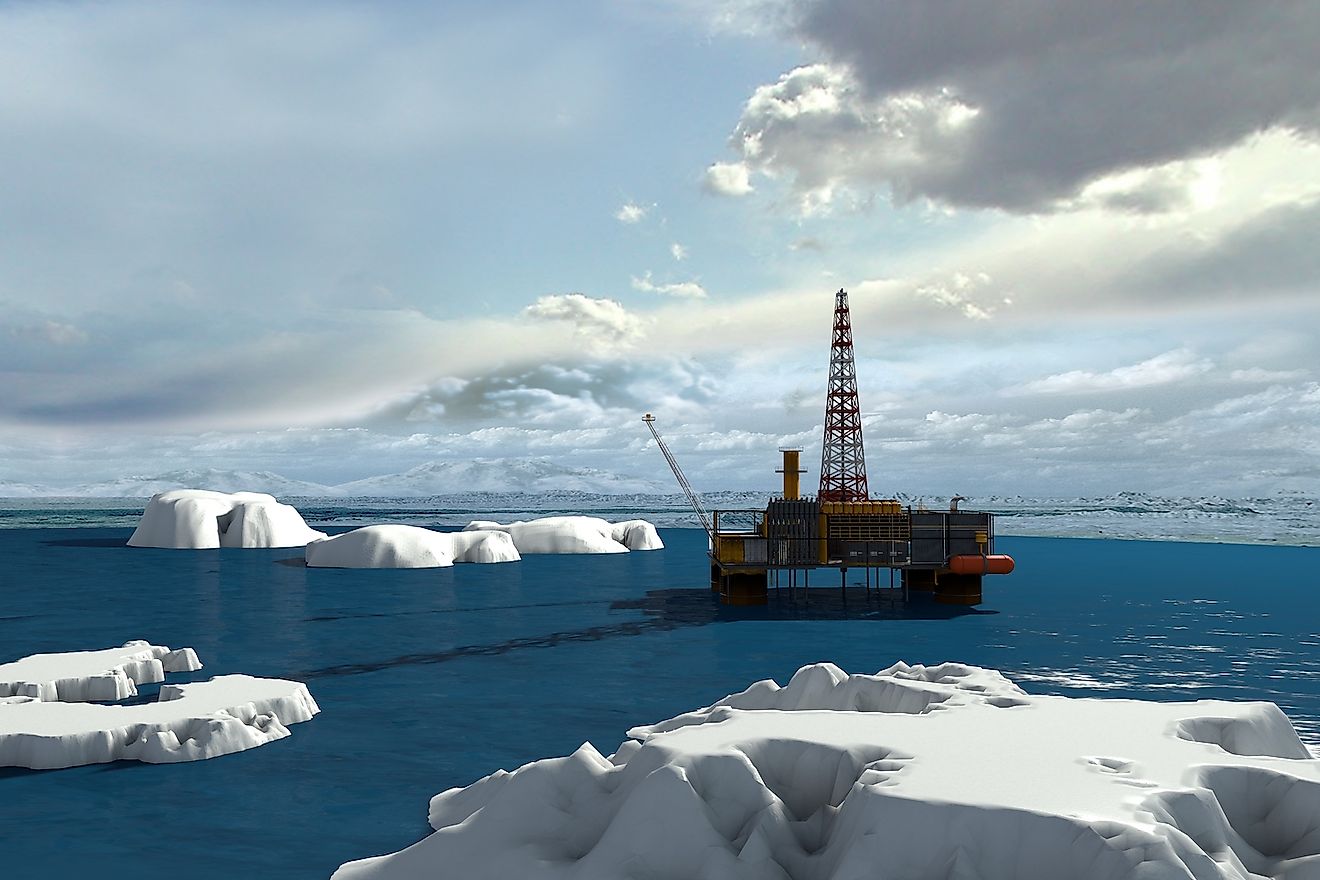
Sometimes companies drilling for oil on the ocean floor engage in something called “seismic blasting”. This involves attacking the ocean floor with high-powered airguns. The echoes of these underwater blasts are measured to map where oil and gas may be hiding underground. This is useful for oil companies, but marine wildlife suffers from the disturbance.
2. Less Habitat
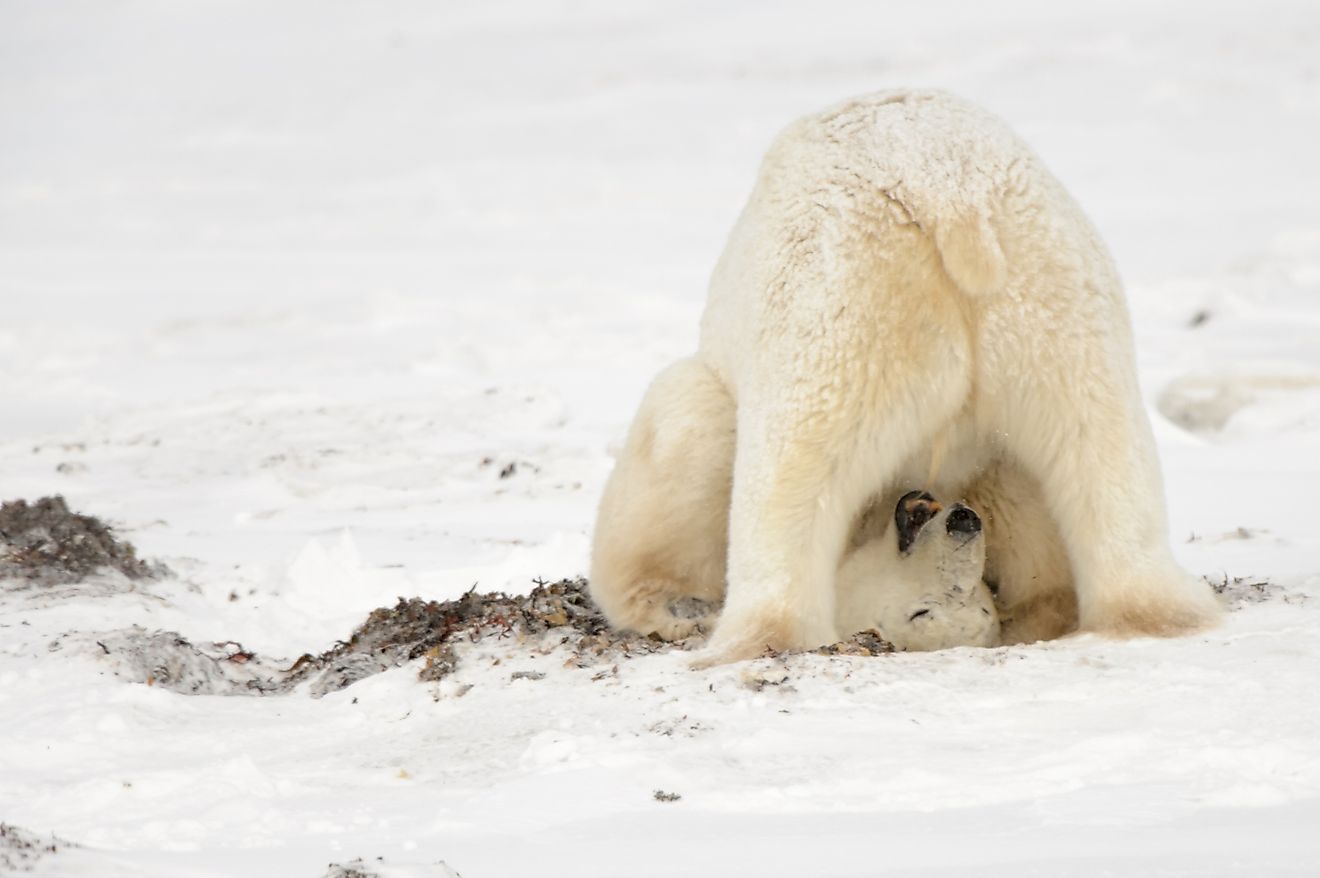
Polar bears also risk losing some of their natural habitat, due to oil extraction. Should an oil spill occur where they live in great numbers, it would be bad news. As of yet, there is no known way to properly and efficiently clean up an oil spill in icy ocean waters.
1. Hunting
Humans looking for food are always a threat to certain wild animals. Polar bears are hunted both legally and illegally. Some countries in the Arctic have monitoring programs that follow how many polar bears can be hunted in any given season. The international Agreement on the Conservation of Polar Bears is something that recognizes the rights of traditional people, and the fact that they hunt polar bears for subsistence.
If the natural balance of polar bears in the arctic is distrubed enough by humans meddling with their environment however, hunting them may become a concern as well.











